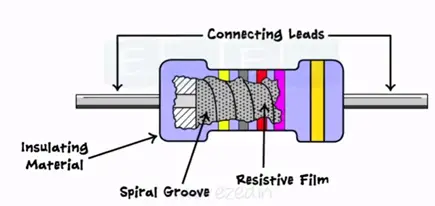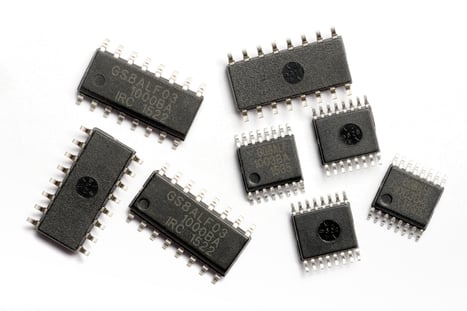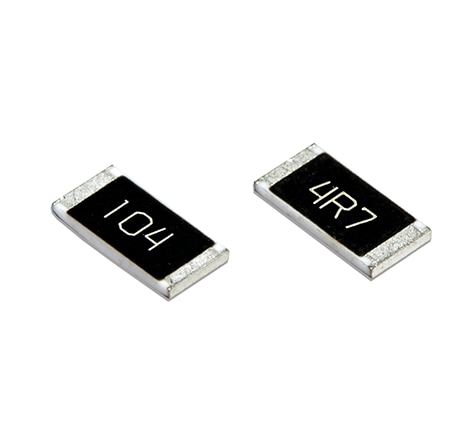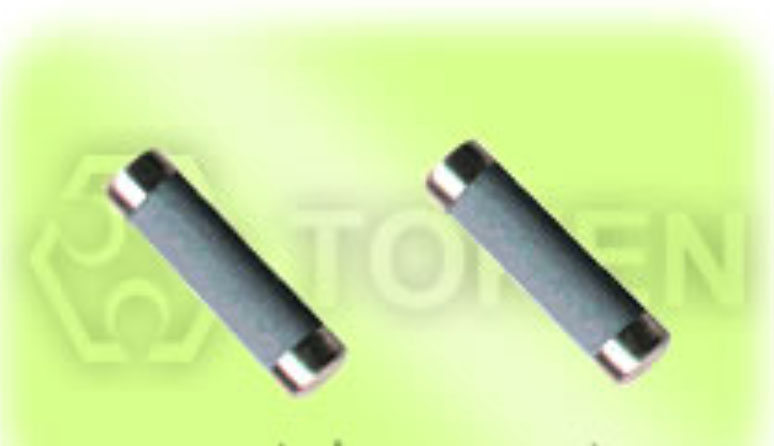Ceramic Resistor Uses

The construction of a true ceramic resistor often called a carbon composite resistor is different from most other types even though it also uses ceramics.
Ceramic resistor uses. Developed in the 1960s the foil resistor is still one of the most accurate and stable types of resistor that you ll find and are used for applications with high precision requirements. As seen above resistors can be used to limit the current that flows into a device. A ceramic substrate that has a thin bulk metal foil cemented to it makes up the resistive element. A resistor is a passive two terminal electrical component that implements electrical resistance as a circuit element.
In electronic circuits resistors are used to reduce current flow adjust signal levels to divide voltages bias active elements and terminate transmission lines among other uses high power resistors that can dissipate many watts of electrical power as heat may be used as. This makes use of two resistors to divide a voltage by the ratio of their resistances. A spiral is etched on the deposited carbon which turns it into a wire wound on a ceramic core. Ceramic resistors are made of a combination of finely powdered carbon and ceramic material.
Adjustable resistors there are many different types of adjustable resistors. The carbon resistor contains carbon coated onto a ceramic core. These two powders combine in specific ratios to determine the final value of the resistor. Uses of carbon resistors.
Depending on the resistance required pitch diameter and length of the carbon spiral vary. This is my favorite image to show people.














































